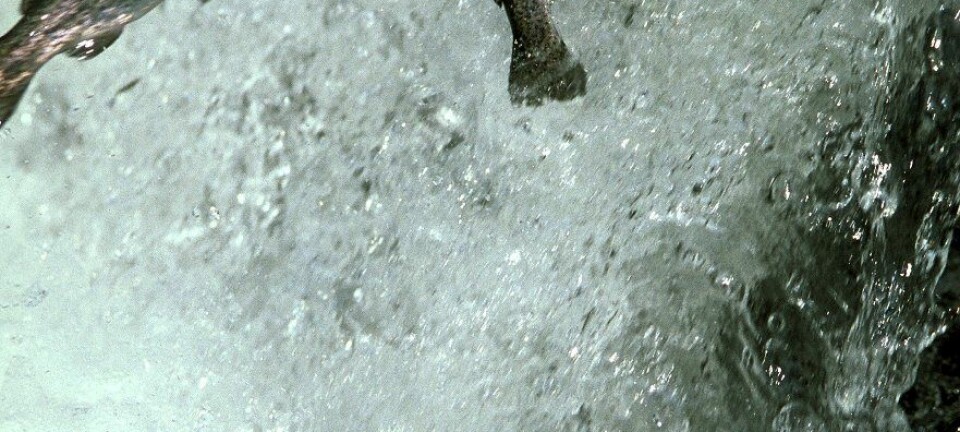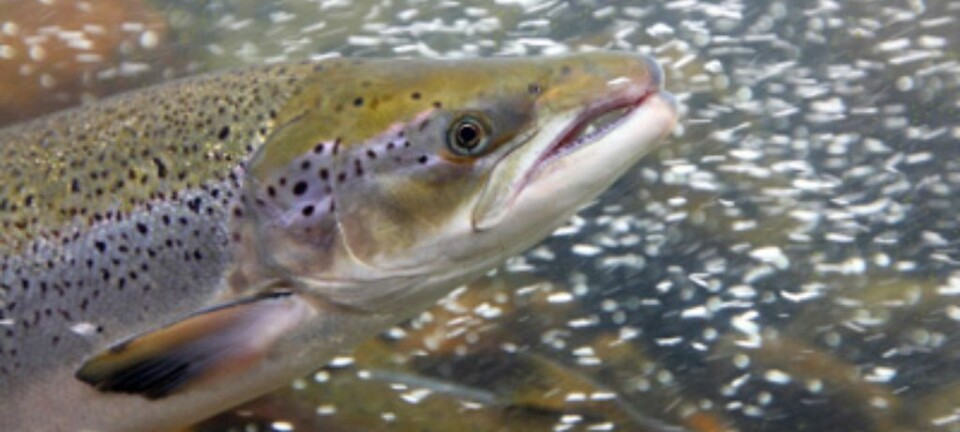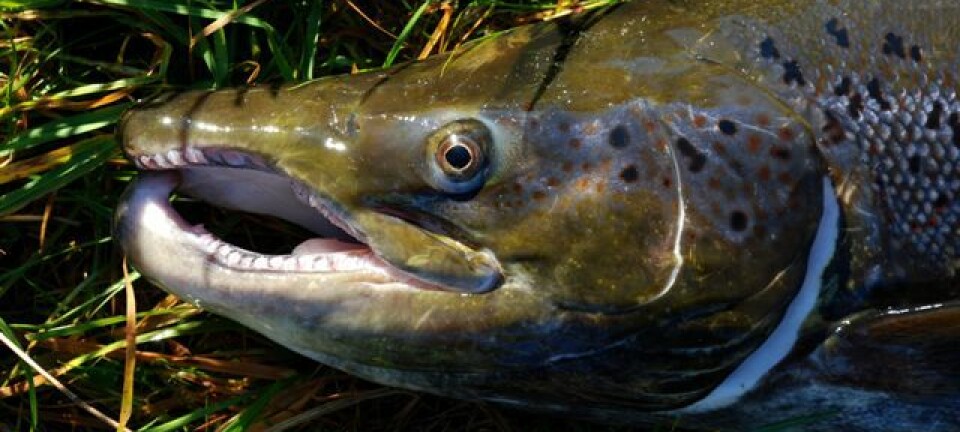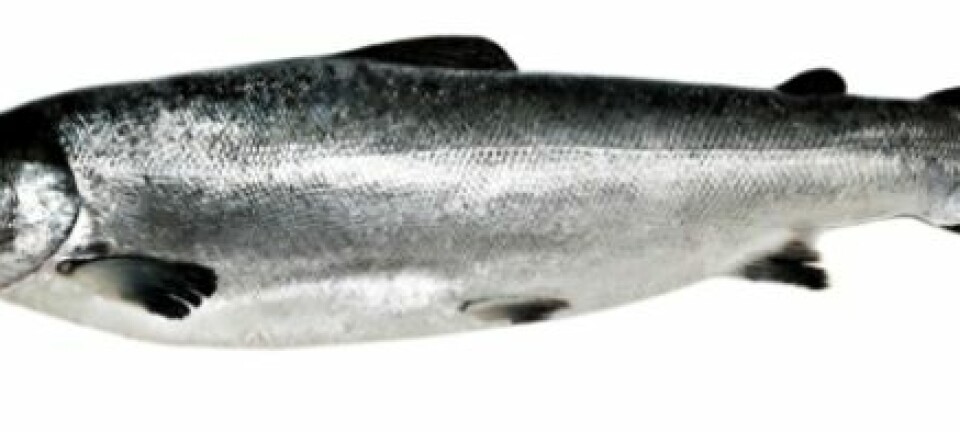This article was produced and financed by Institute of Marine Research
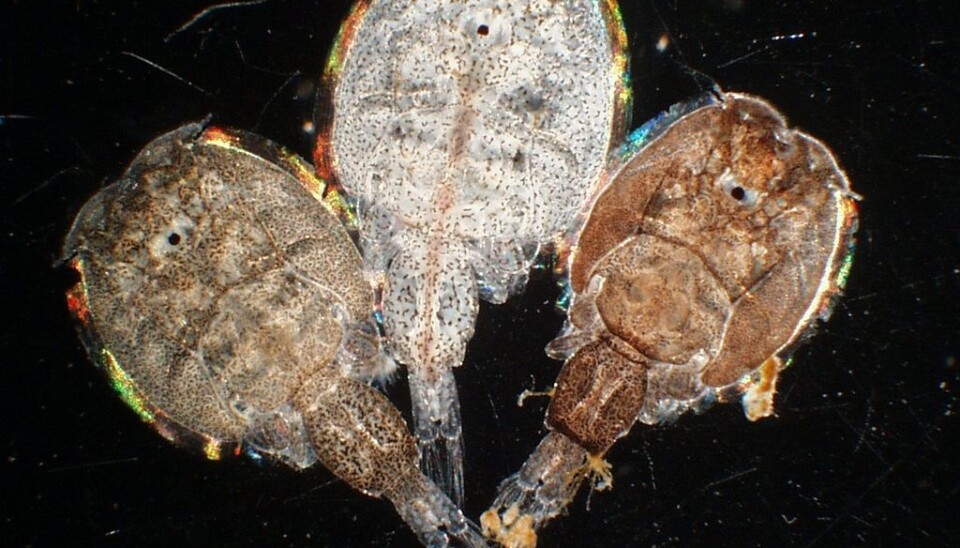
Not just one type of salmon louse
New results show that there are two sub-species of salmon lice. This fact may be vital to the development of new lice treatments for salmon, since different sub-species don’t necessarily react in the same way to medications.
“Our experiments have shown that salmon lice from the Atlantic and Pacific are so genetically similar that they belong to the same species,” says Rasmus Skern-Mauritzen, a scientist at the Institute of Marine Research in Norway.
“However, the differences between them are big enough for them to be classified as two separate sub-species,” he states.
Scientists have long known that salmon lice in the Pacific and Atlantic are different, both biologically and genetically.
“This has fuelled a debate about whether or not all salmon lice belong to the same species, which was why we decided to further investigate the matter,” says Skern-Mauritzen.
Important differences
Since the genetic difference between Atlantic and Pacific salmon lice has only now been confirmed, researchers were previously unable to make a distinction between research results from the two oceans, which Skern-Mauritzen says was a big problem.
“Now that we know they are two different sub-species, it means that results from experiments involving salmon lice in the Pacific, for example, cannot automatically be applied to lice in the Atlantic,” he explains.
From now on, it will therefore be important for scientists to study the correct sub-species, and to base their research on relevant results.
“Otherwise we risk drawing conclusions that are not supported by the evidence. In a worst case scenario it might lead to us trying to develop salmon lice treatments based on results that are not valid for the lice that we have here in Norway,” says Skern-Mauritzen.
Crossed salmon lice from the two oceans
In order to determine whether salmon lice from the Pacific and Atlantic were different species, scientists from the Institute of Marine Research crossed them with each other. The genetic differences between the two are smaller than those you would expect between different species, and the resulting offspring were capable of reproducing, confirming that Atlantic and Pacific salmon lice are indeed the same species. Nevertheless, the differences in their DNAs were big enough for the scientists to classify them as separate sub-species.
“Although there are many similarities between the lice from the two oceans, it is important to know where research results come from, so that we can also begin to understand the differences,” says Skern-Mauritzen.
New scientific names
Previously, the scientific name for salmon lice was Lepeophtheirus salmonis. After the Institute of Marine Research’s new results were published, the two sub-species have been given different names. Salmon lice in the Atlantic are now called Lepeophtheirus salmonis salmonis, while lice in the Pacific are Lepeophtheirus salmonis oncorhynchi.
------------
Read the Norwegian version of this article at forskning.no







